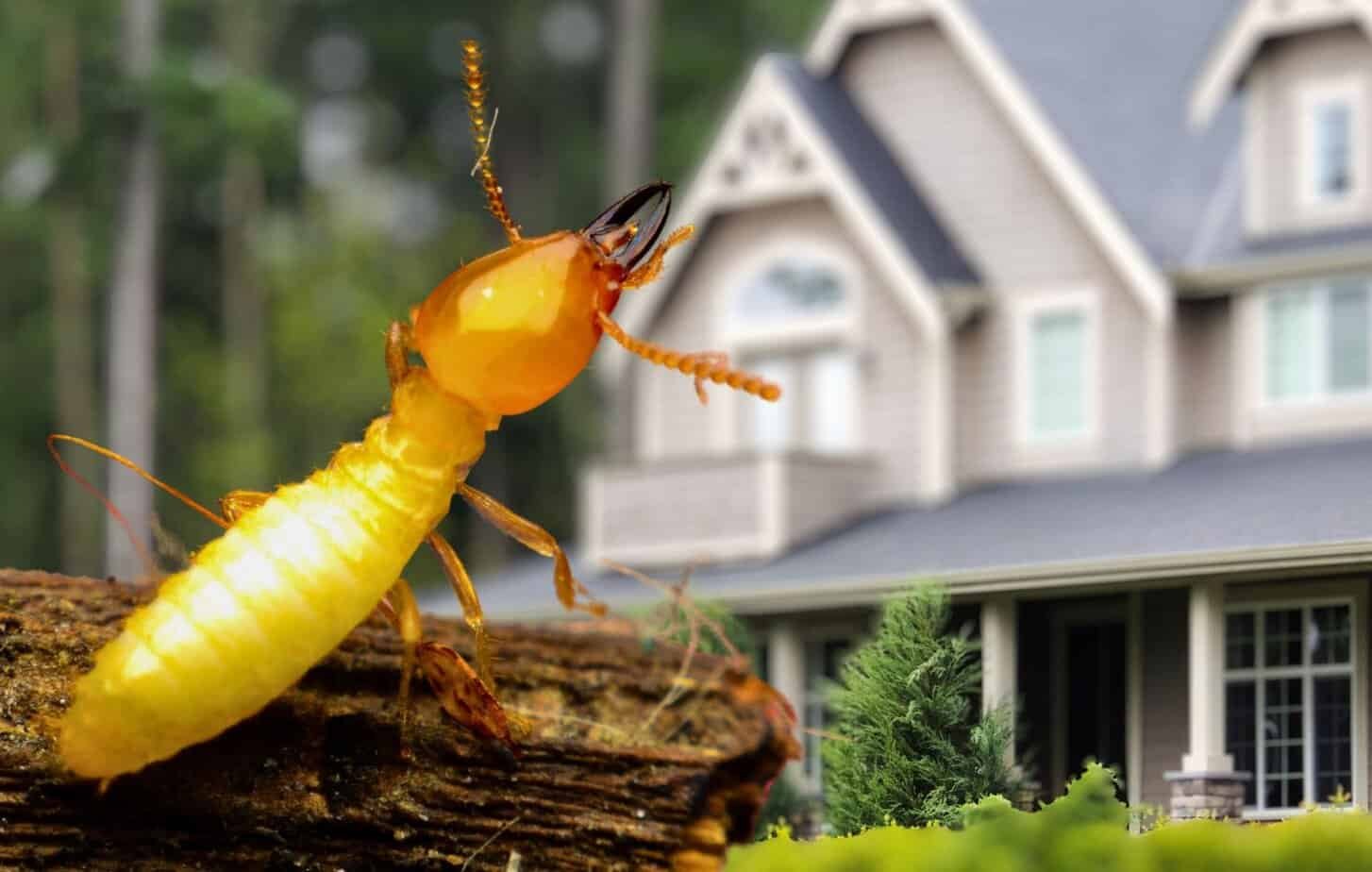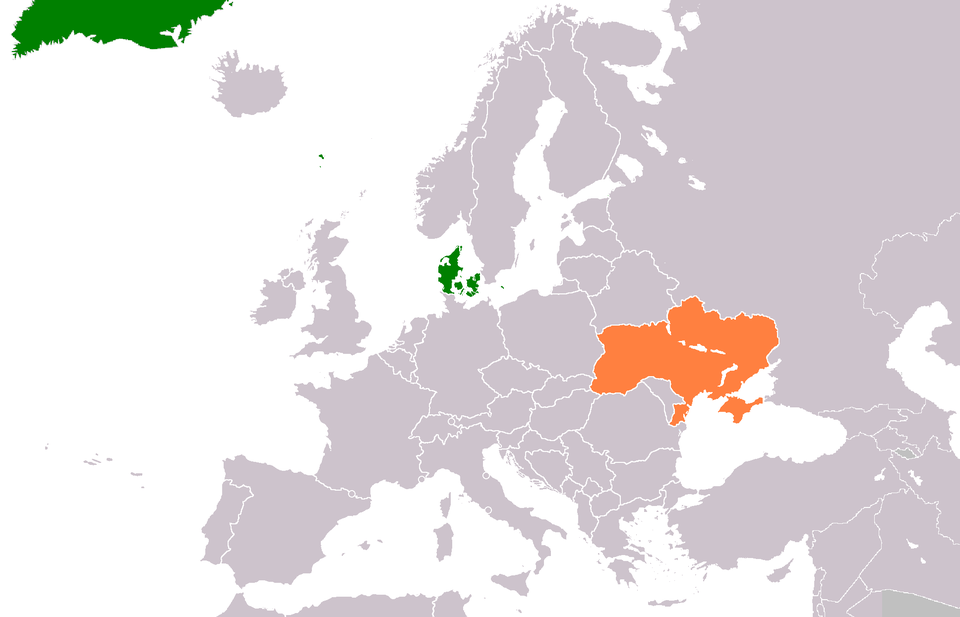Introduction
Proper tree care begins with maintaining your landscape’s health and beauty. Effective tree trimming enhances curb appeal and safeguards your family and property from potential hazards. Adhering to best practices and local guidelines is essential when undertaking tree maintenance. For professional assistance, Tree Trimming in Front Royal offers expert care.
Incorrect or unsafe tree trimming can damage trees, cause personal injuries, and result in costly property repairs. Understanding safe and effective methods ensures that your trees remain healthy and your outdoor spaces are safe for everyone.
Understanding the Importance of Tree Trimming
Regular tree trimming serves several critical purposes:
- Health: Removing dead, diseased, or pest-ridden branches prevents decay from spreading and boosts the tree’s vitality.
- Safety: Overhanging or unstable branches frequently cause household accidents, especially during storms. Eliminating potential hazards safeguards family and property.
- Aesthetics: Thoughtful pruning preserves your tree’s natural form and enhances curb appeal, increasing your property’s value.
Trimming also helps increase sunlight penetration and air circulation—both crucial for strong, resilient growth. As the Better Homes & Gardens Guide to Tree Pruning highlights, regular maintenance ensures your trees thrive and your yard remains inviting.
Essential Tools and Safety Gear
Choosing reliable tools and personal protective equipment significantly impacts the outcome and safety of your tree trimming project. Equip yourself with essentials such as:
- Tools:
- Pruning Shears: Best for delicate branches up to ¾ inch thick.
- Loppers: Needed for thicker branches (up to 2 inches in diameter).
- Hand Saws: Ideal for sturdy limbs too large for loppers.
- Pole Pruners: Enable you to reach higher branches safely from the ground.
- Safety Gear:
- Heavy-duty gloves: Reduce the risk of cuts or blisters.
- Safety goggles: Prevent sawdust and debris from reaching your eyes.
- Hard hats: Offer protection from falling branches, especially in larger trees.
- Sturdy boots: Provide stable footing and shield your feet from dropped tools or branches.
Keep your tools sharp and well-maintained to ensure clean cuts. Jagged wounds can delay tree recovery and make trees susceptible to disease. Regular maintenance also keeps trimming efficient and safe.
Step-by-Step Tree Trimming Techniques
Using correct pruning methods supports your tree’s longevity and structural integrity. Follow these steps to trim most trees safely and efficiently:
- Assess the Tree: Scan your tree for dead, damaged, or crossing branches. Also, look for limbs that obstruct paths, driveways, or visibility.
- Plan Your Cuts: Decide which branches to remove and visualize the final shape. Always aim for balance and maintain the tree’s natural outline.
- Apply the Three-Cut Method for Large Branches:
- First Cut (Undercut): Make a groove about 12–18 inches from the trunk, cutting one-third through the branch’s base.
- Second Cut (Top Cut): Move a few inches further out, cut from the top down, and remove most of the branch.
- Final Cut: Remove the remaining stub outside the branch collar, supporting the tree’s healing response.
- Don’t Over-Prune: Limit removal to less than 25% of the canopy at a time, or you may shock the tree and make it prone to disease.
More detailed pruning and timing guidance can be found in this Old Farmer’s Almanac tree trimming resource, which covers seasonal best practices for different tree species.
Safety Precautions During Tree Trimming
Tree trimming can be dangerous when the correct safety steps aren’t taken. Use these strategies for a safer experience:
- Check Your Surroundings: Ensure the work area is free of bystanders, pets, or valuables that falling branches could damage.
- Watch for Power Lines: If limbs or tools could contact utility lines, do not trim—leave it to the professionals.
- Use Ladders Correctly: Place ladders on solid, level ground only. Secure the base, and never work from the very top step.
- Work in Pairs and Take Breaks: Have a helper nearby in emergencies, and take regular hydration or rest breaks to prevent fatigue-related mistakes.
Recognizing When to Call Professionals
Trimming small, easily accessible branches can be a DIY task, but some jobs are safer left to arborists:
- Large or Mature Trees: Pruning at great heights or using power tools requires expert skills and equipment.
- Near Electrical Lines: Certified professionals safely trim trees near power infrastructure.
- Uncertain or Unstable Trees: If you suspect disease, pests, or structural compromise, professional assessment is a must.
Arborists have the training and specialized tools to handle risky jobs, reduce liability, and keep your trees healthy for decades.
Conclusion
Tree trimming is a fundamental aspect of responsible homeownership that protects your landscape and your loved ones. By preparing with the proper equipment, following science-backed techniques, and knowing when to seek help, homeowners can ensure their trees remain an asset rather than a hazard. Above all, prioritize safety in every project; your yard will reward you with beauty, shade, and peace of mind year-round.











